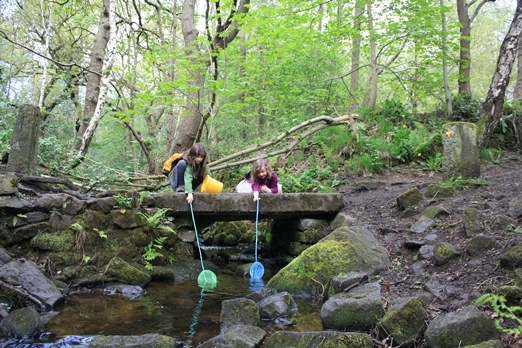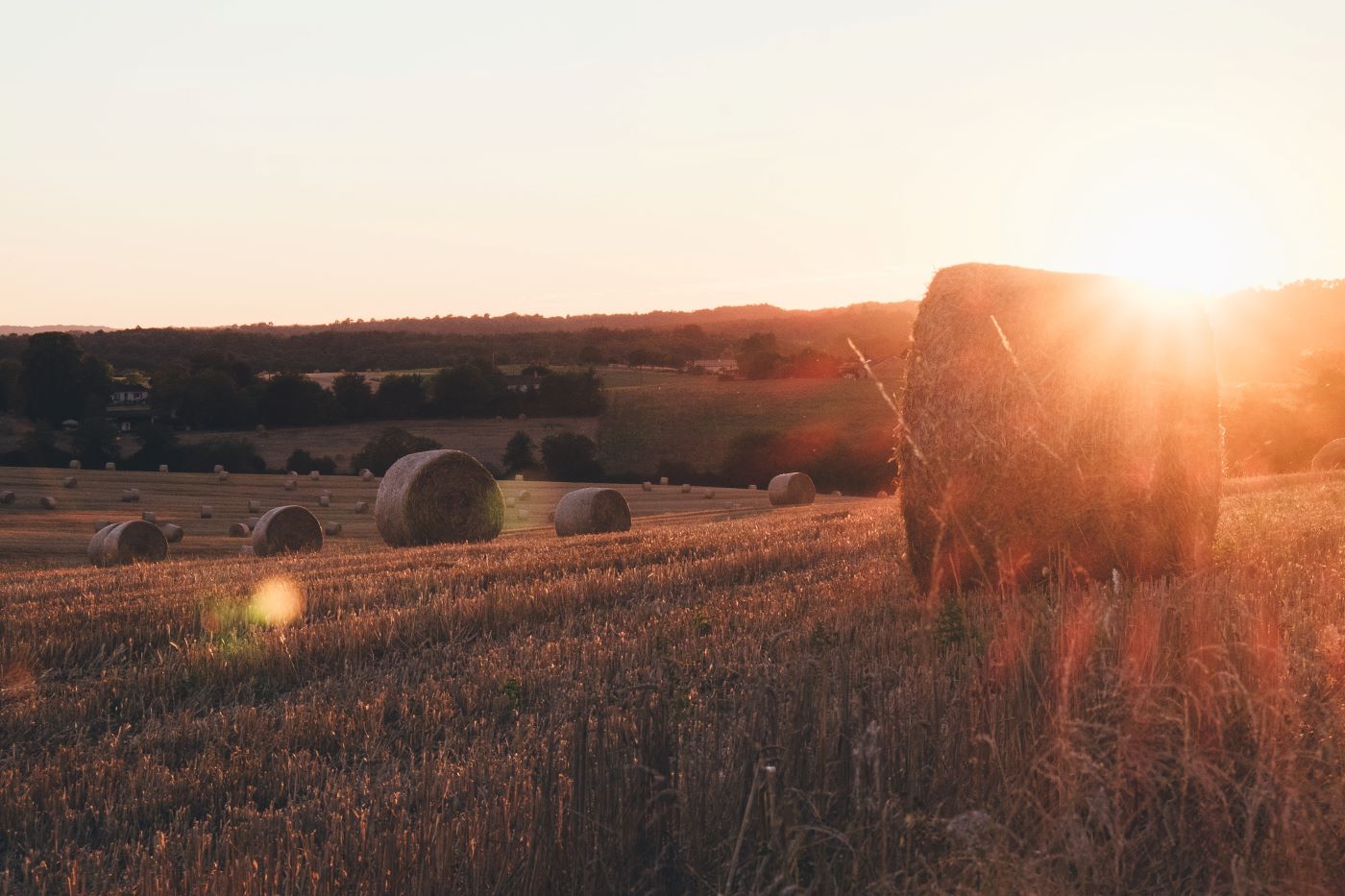Research demonstrates natural capital and public access value of Green Belt
New research published today by the Campaign to Protect Rural England (CPRE) shows the huge potential of the Green Belt in terms of amenity and nature conservation. CPRE is calling on the Government to prioritise investment in Green Belts in the forthcoming 25-year plan for the environment and make sure Green Belt protection is enforced.
Produced by environmental consultants ADAS, Nature Conservation and Recreational Opportunities in the Green Belt (summary also available) shows how Green Belt is particularly valuable in giving people access to the countryside and opportunities for recreation [1][2]. It also shows how the woodland and wetland in Green Belt can be enhanced to help us mitigate climate change.
Given Green Belt’s protected status, CPRE argues that we have the perfect case for investment in improving these vital public amenities [3]. ADAS’s research sets out several case studies that provide models for how that can best be done in funding terms and by demonstrating where previously derelict industrial sites have been converted to thriving nature reserves and woodland.
Campaign to Protect Rural England (CPRE) planning campaign manager, Paul Miner, comments:
“The Green Belt is successful and popular, preventing urban sprawl and giving people the opportunity of getting away from it all. With the increasing pressure of development it is more vital than ever. Yet we are nibbling away at it month by month while the Government looks the other way.
“The Green Belt’s future depends on the Government’s desire to protect it and to fund opportunities to use that land for further public benefits. Yesterday’s car parks and sewage works can be tomorrow’s wetland and woodland, enjoyed by urban and countryside dwellers alike. Given its potential, we should be looking at how public funding can improve Green Belt.”
The research also found that Green Belt land offers more opportunities for recreation than similar areas without Green Belt status, and that new opportunities are coming forward all the time. A third of community forests created in England since 1990 are in the Green Belt, as are 48 new local nature reserves - nearly a third of all created in England since 2009.
The new research shows that England’s Green Belt provides urban dwellers with invaluable access to the countryside: 17% of public rights of way (including both public footpaths and bridleways) are within Green Belts compared with 13% in similar, non-Green Belt areas. Nearly half of country parks, a third of local nature reserves and one fifth of England’s deciduous woodland can be found in the Green Belt.
ADAS’ research also found that Green Belts include a significant proportion of ‘priority habitats’, endangered areas of wildlife and biodiversity that need conservation. The Natural Capital Committee recently argued that that more wetland and woodland on the edge of urban areas would do much to help the recovery of nature and fight climate change [4].
CPRE is calling on the Government to:
- Prioritise investment in Green Belt in its forthcoming 25-year plan for the environment. The benefits of such investment to people would be high, given that the Green Belt is the nearest countryside to 30 million people in our largest towns and cities.
- Reiterate its commitment to protecting the Green Belt as a permanent area of undeveloped land in the forthcoming Housing White Paper.
CPRE is also calling on local government in and around large towns and cities to:
- Use regional park funding models more widely.
- Introduce long-term management plans in order to deliver enhancements to natural capital and recreational opportunities.
- Market the Green Belt as a visitor destination in its own right.
- Create new Green Belts in areas where the evidence suggests they will have most benefit.
ENDS
Summary video
Notes to editors
[1] ADAS. Nature Conservation and Recreational Opportunities in the Green Belt. CPRE, December 2016.
[2] The new research builds on the 2010 report Green Belts: a greener future, published jointly by CPRE and Natural England. It compares the qualities of Green Belts in England to ‘comparator areas’, which cover rural land on the fringe of towns and cities without Green Belt designation, and England as a whole. The same comparator areas were used in the 2010 report.
[3] Our Green Belt: worth investing in. CPRE, December 2016. Accompanying video available here.
[4] Natural Capital Committee, The State of Natural Capital: Protecting and Improving Natural Capital for Prosperity and Wellbeing, January 2015.
For more information please contact Benjamin Halfpenny on 020 7981 2819 / This email address is being protected from spambots. You need JavaScript enabled to view it.
The Campaign to Protect Rural England (CPRE) fights for a better future for the English countryside. We work locally and nationally to protect, shape and enhance a beautiful, thriving countryside for everyone to value and enjoy. Our members are united in their love for England’s landscapes and rural communities, and stand up for the countryside, so it can continue to sustain, enchant and inspire future generations. Founded in 1926, President: Emma Bridgewater, Patron: Her Majesty The Queen. www.cpre.org.uk



